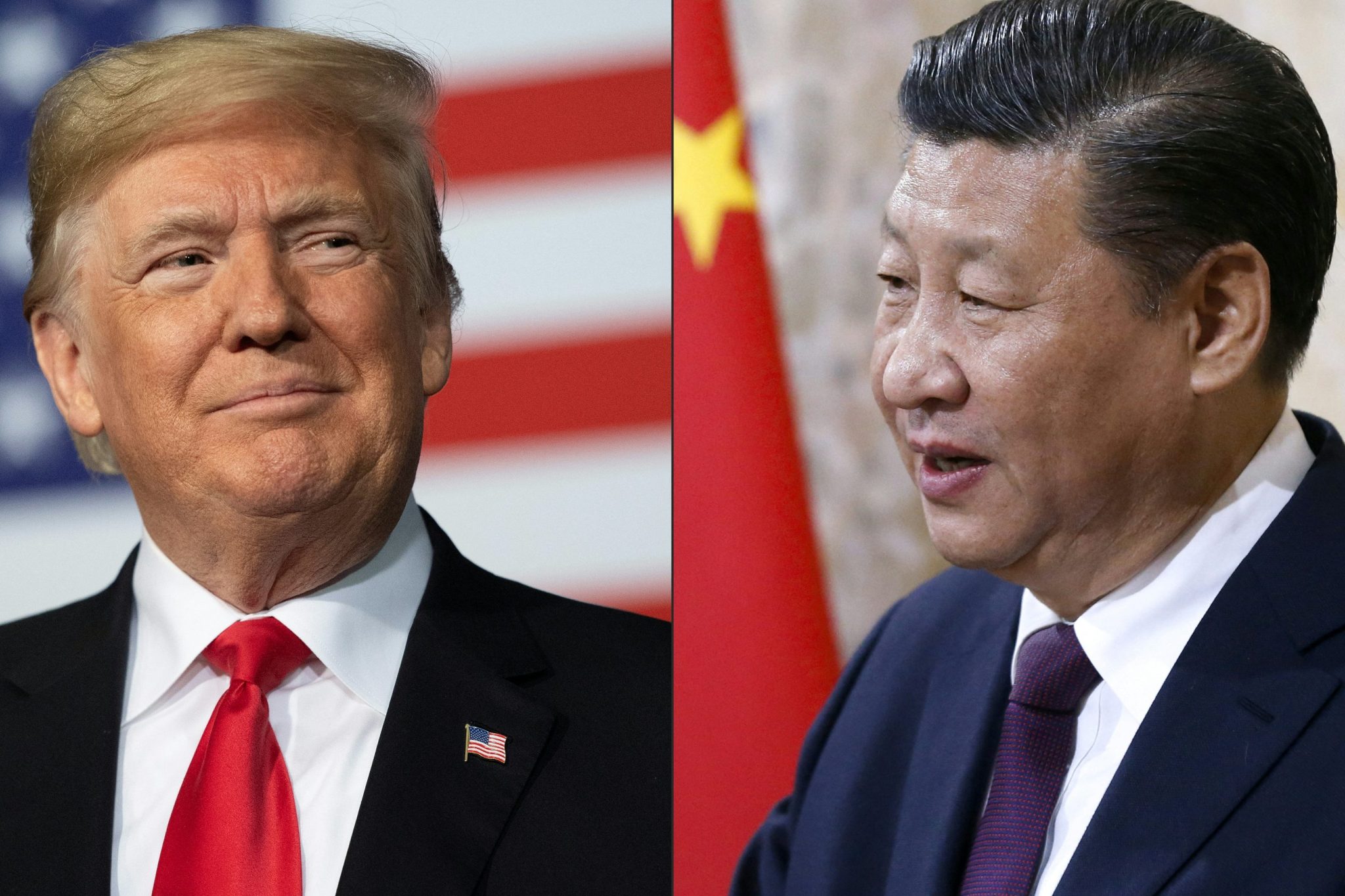
- President Trump’s tariff offensive against China appears to be backfiring as Beijing sidesteps U.S. consumers and boosts exports elsewhere. Chinese shipments to the U.S. plunged 27% in September, but overall exports rose 8.3%—their highest total this year—driven by strong demand from Europe and other markets. The World Bank now expects China’s economy to grow 4.8% in 2025, while it downgraded U.S. growth to 1.4%. Despite Trump’s renewed threat of 100% tariffs, analysts at UBS and Deutsche Bank say both sides appear open to compromise, with markets betting negotiations will resume soon.
At the beginning of his tariff standoff with Beijing, President Trump was confident in his strong hand. China’s economy was reliant on U.S. consumers, he said, and so it would have to make some compromises or risk losing them.
“China has been hit much harder than the USA, not even close,” Trump wrote on Truth Social, the social media site he owns, in April. Later that month, he admitted that while American shoppers may have to cut back on Chinese-produced consumption, the White House’s tariff plan meant the Chinese government was “having tremendous difficulty because their factories are not doing business.”
Six months later and it seems Beijing has simply circumnavigated the U.S. by focusing on increasing its exports to the rest of the world. The diversification has been so successful that China’s export market is actually tracking significant growth despite the trade war.
According to data released by the General Administration of Customs, China’s shipments to the U.S. fell 27% in September, the sixth month of double-digit declines to its once most valuable customer. Meanwhile it charted strong growth to areas like the European Union (currently operating under a 15% tariff rate from the White House), leading to export growth to non-U.S. countries of 14.8%.
The shift away from the U.S. means exports are actually up 8.3% in September compared with a year ago, raking in $328.6 billion—its highest total for 2025 so far.
China’s economy is faring better than expectations outlined back in April, when President Trump first made his tariff plans known. Earlier in the year the World Bank speculated China’s economy would grow 4% in 2025, but last week revised this up to 4.8%. Likewise, it upped its expectations for 2026 from 4% to 4.2%.
Conversely, in June the World Bank cut its expectations for U.S. growth by 0.9 percentage points to 1.4% for 2025.
This backdrop means Trump’s threat last week to impose 100% tariffs on China may not have the potency it once did. Having been relatively successful in sidestepping Trump’s tariffs so far, Beijing responded forcefully to the Oval Office’s threat, blasting it as a “double standard.”
A spokesman for the Ministry of Commerce said: “Frequently threatening high tariffs is not the right approach to engaging with China. China’s position on a tariff war is consistent: We do not want one, but we are not afraid of one.”
Room for compromise
Having issued the warning—and with both sides still operating under a pause on reciprocal tariffs until Nov. 10—President Trump did then seek to strike a more reasoned tone, and sent futures climbing as a result.
“I think we’re going to be fine with China,” Trump told reporters on board Air Force One yesterday afternoon. “I have a great relationship with President Xi; he’s a very tough man, a very smart man; he’s a great leader for their country, and I have a great relationship with him.
“I think we’ll get it set. I know what happened, I really understand what happened, and I’m not even saying he’s wrong. But then we met him with something much tougher than what he did to us.”
The back-and-forth may simply boil down to showmanship, wrote Deutsche Bank’s Jim Reid in a note to clients this morning: “There’s still plenty of time for negotiations, and I suspect the market will begin to price in a reasonable probability of a deal once the initial shock fades.
“For what it’s worth, Polymarket has the probabilities of the two Presidents meeting by Oct. 31st at 62% this morning, down from a peak of 88% last week but up from around 35% at the lows on Friday night. So there is a belief emerging that this is mostly negotiating tactics on both sides.”
UBS’s Paul Donovan also noted the Oval Office’s appetite for negotiation, telling clients this morning: “Both Trump and U.S. Vice President Vance have made conciliatory noises, which suggests that there may be some kind of retreat from the original threat.
“While the U.S. is obviously not able to publish data at the moment, the trend recently has the two countries’ data showing China selling U.S. more than the U.S. was buying from China,” he added. “That anomaly hints very strongly at rerouting by China to enable U.S. importers to avoid some of the tariffs.”







